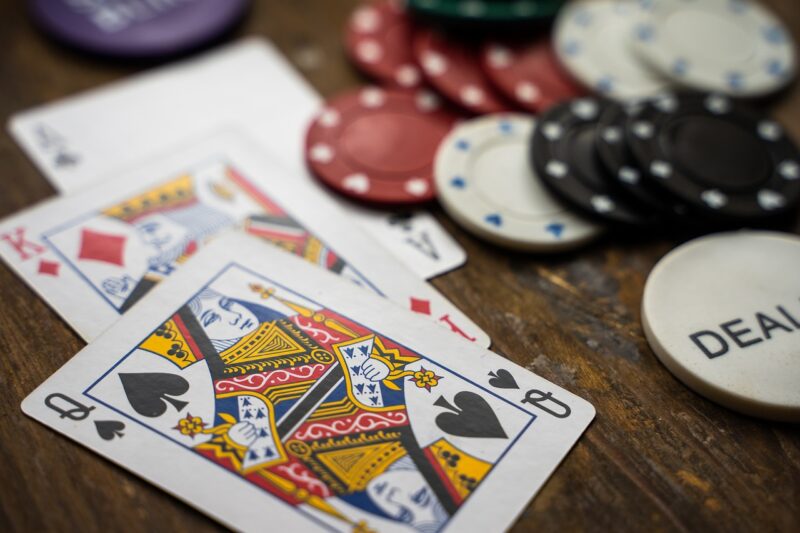“You’ve got to know when to hold’em, know when to fold’em, know when to walk away, know when to run… ” Most people recognize these lines and could identify them as the chorus to one of, if not the most, iconic gambling song in “The Gambler” by Kenny Rogers. While he certainly provides some sage advice with these lines, one of the verses provides insight to what is arguably the most important element of poker: bluffing. In this lesser-known verse, he sings, “ ‘Son, I’ve made a life, out of readin’ people’s faces, knowin’ what the cards were, by the way they held their eyes.’” As Rogers alludes to, being able to conceal your body language is a critical tool for those looking to find success in poker; for this gambler, being a pro at bluffing was how he “made a life.” Once you’ve finally learned the rules of poker, you might be tempted to try and rush into a game with your friends; however, you may want to learn some techniques to be a pro at bluffing in poker.
There are two goals of bluffing. Sometimes, you want to pretend you have bad cards to get the pot larger. This is a technique to deploy when you have stronger cards and are confident that you will be able to win the hand, even if nobody else folds. The other goal of bluffing is to pretend that you have better cards than you do in order to get your opponents to fold. This second type of bluffing is significantly riskier — if your opponent can see that you’re lying, also known as “calling your bluff,” then all you have done is contribute more chips to a pile that you will likely use. A technique you can use to get people to fold is betting aggressively when a high card, such as an ace or a king comes in. When you do this, people may assume that you have one of those higher cards and fold to avoid trying to compete with the high cards that you “have.”
One of the keys to bluffing is having an understanding of the play styles of the people you are playing with. When playing at a casino, this may be tougher to discern, but when playing with your buddies, odds are, you’ll likely have a better sense of their play styles just based on their personality. The first key when it comes to bluffing is to avoid being predictable. If you have a reputation for always folding or always betting too aggressively, then any deviation from this pattern will be fairly obvious to your friends that you are trying to bluff. To draw on strategy from another sport, knowing when to bluff in poker is like balancing calling run plays and pass plays in football. A good bluff is executed just like a play-action pass — just when the defense thinks you are going to run the ball, you fake the run and toss it deep with hopes of catching your opponents by surprise.
Another key to bluffing is controlling your body language and any potential tics you have. If you’ve ever seen professional poker players play, the majority of them will be wearing sunglasses. If you’re wondering why they’re wearing sunglasses, it’s because what you subconsciously do with your eyes can give away how tense or relaxed you are. There is a reason keeping a straight face and playing it cool is known as a “poker face,” and by mastering your poker face, combined with being strategic when it comes to bluffing, you can start to watch the chips roll in.

Picture Credit: Pixabay, Twitter





